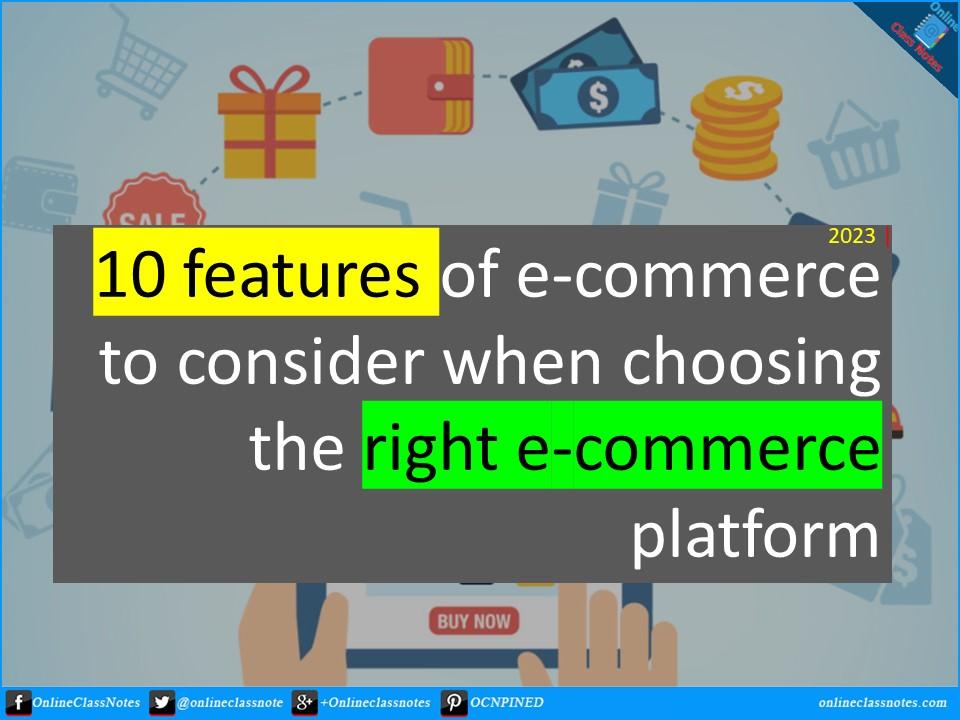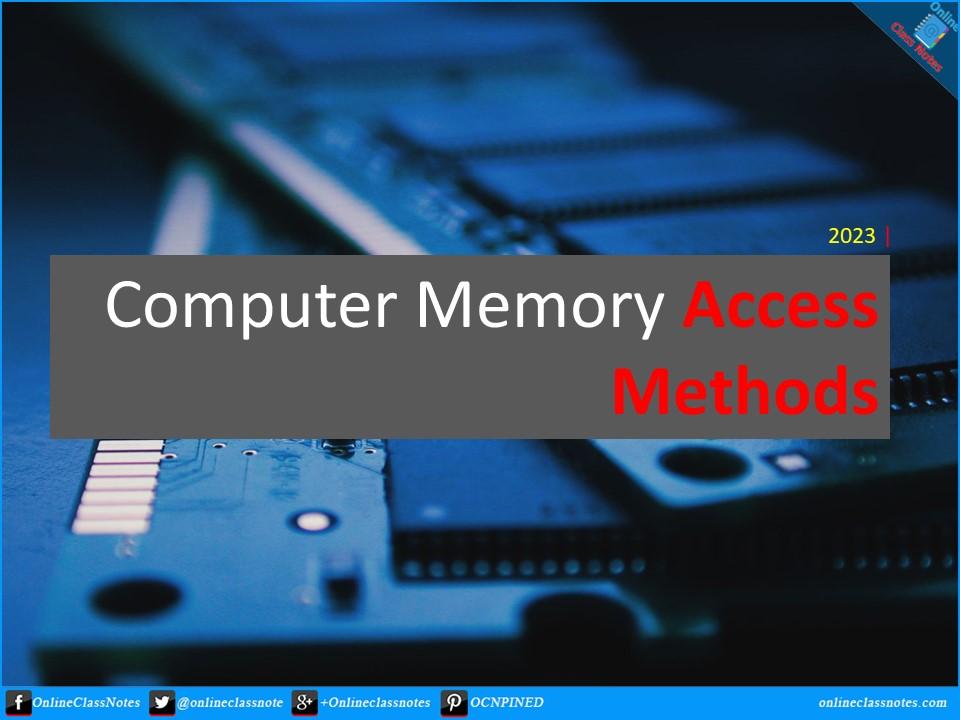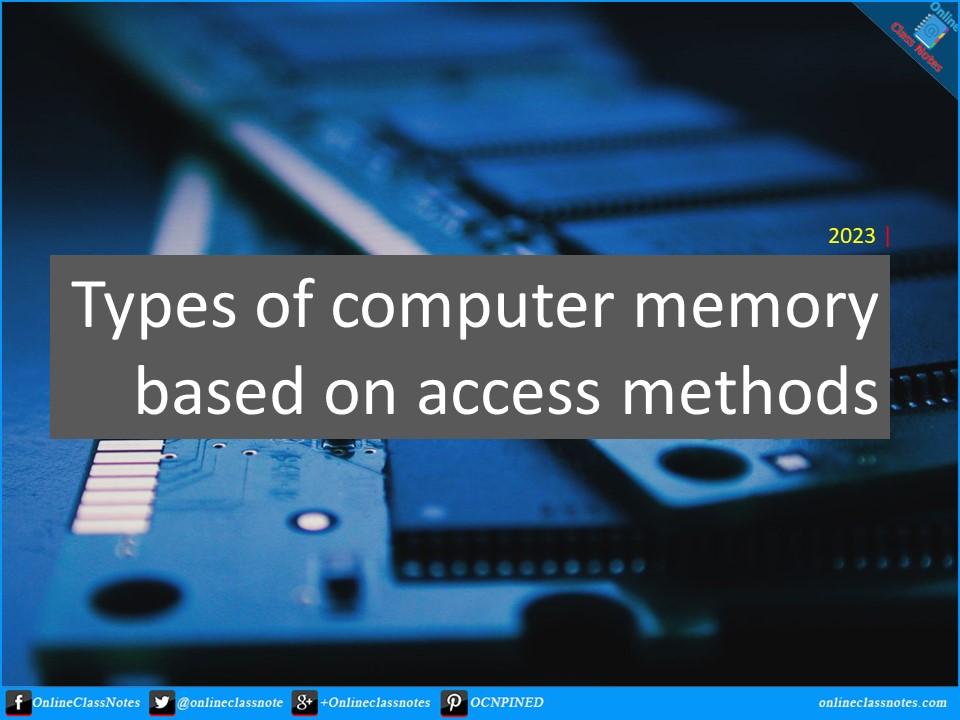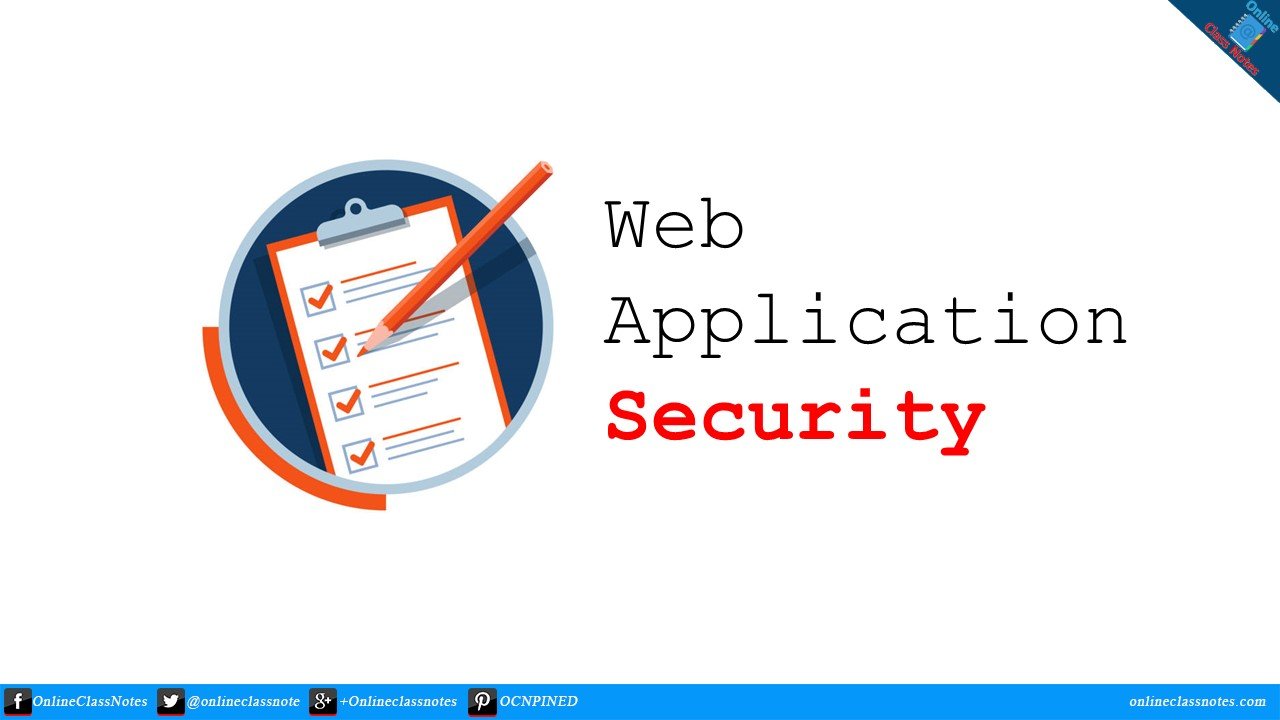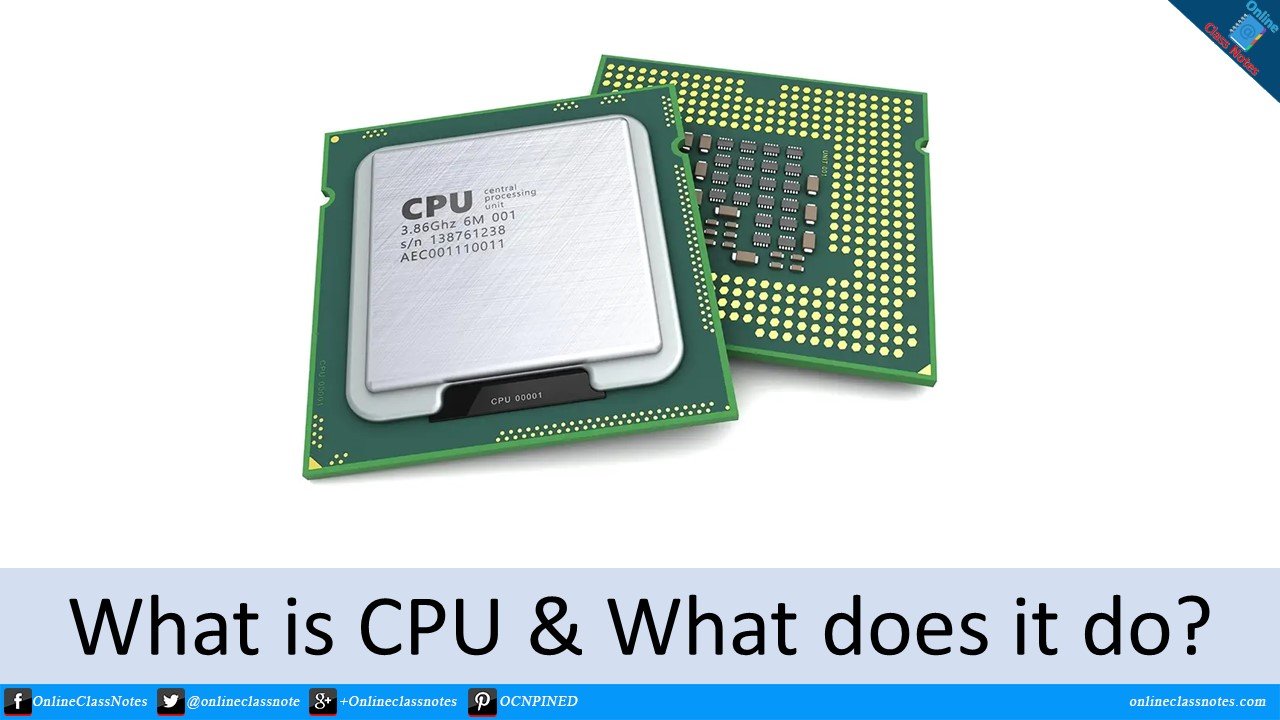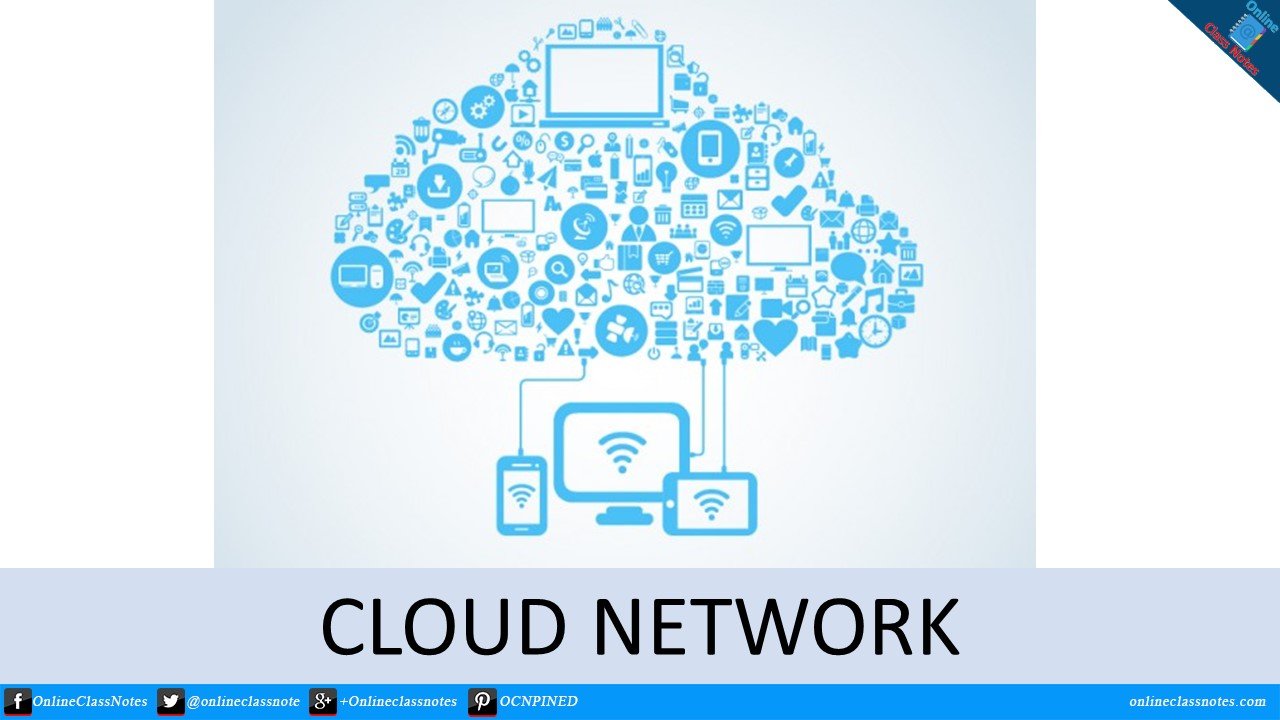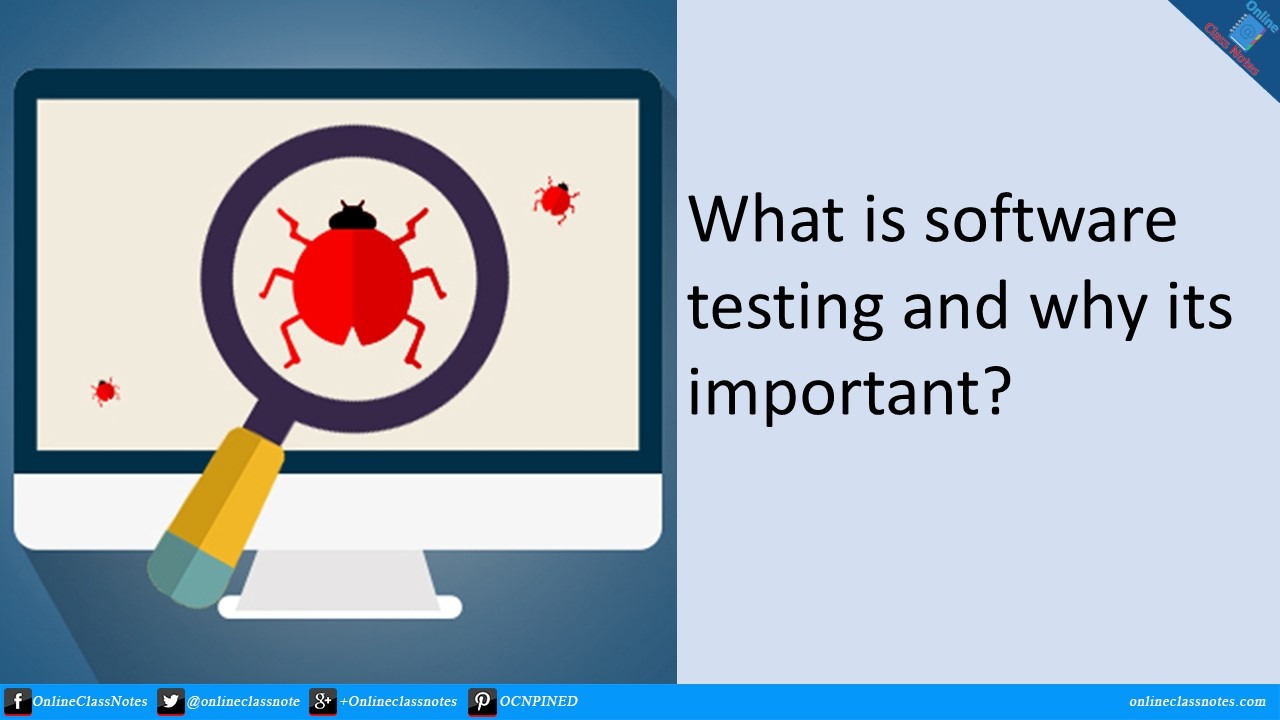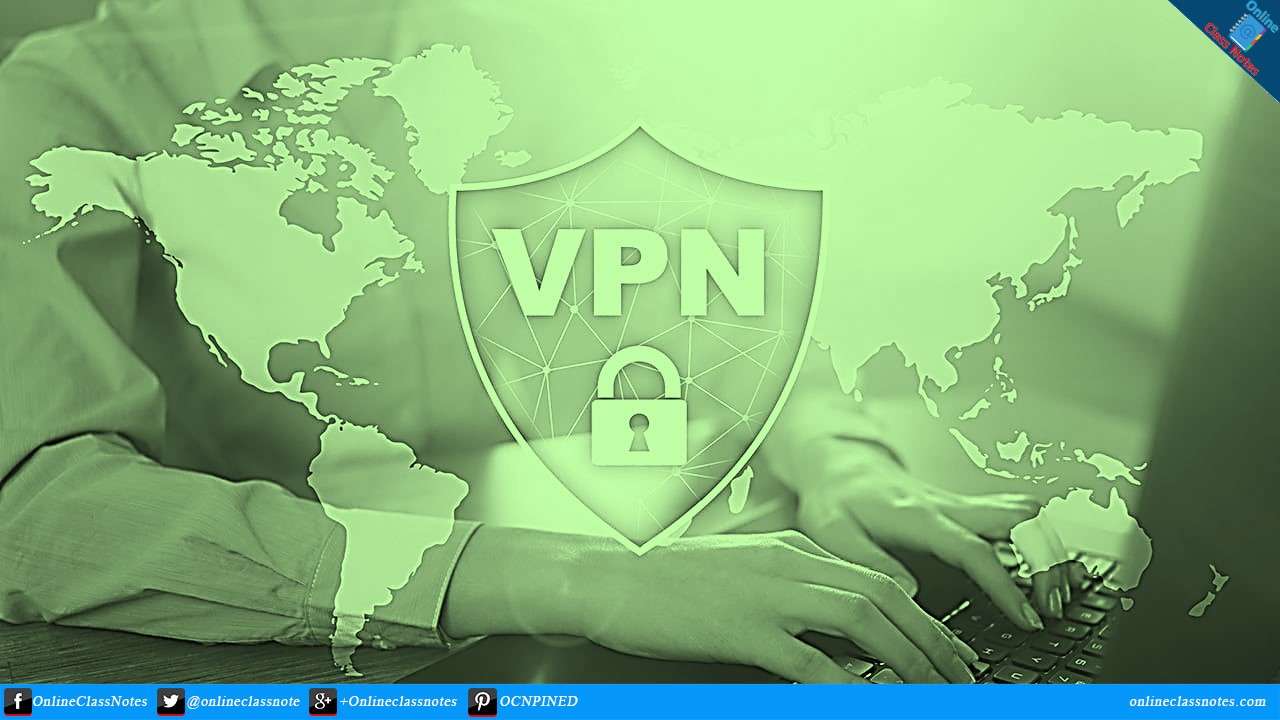With the rise of e-commerce, businesses of all sizes are looking to establish their online presence. Choosing the right e-commerce platform is critical for success, as it can impact the website’s functionality, user experience, and ultimately, the bottom line. With so many options available, it can be overwhelming to choose the right one. In this article, we will discuss the key features to consider when choosing an e-commerce platform.
What is memory access method? What are the different types of memory access methods?
Memory access method
Memory access method refers to the way in which a computer system reads from and writes to memory. It describes the mechanism by which data is transferred between the computer’s CPU and its memory modules, and how the computer locates and retrieves data that is stored in memory. Memory access methods can have a significant impact on the performance of a computer system, particularly with regard to speed and efficiency.
Types of computer memory based on access methods
Computer memory
Computer memory refers to the internal storage space in a computer where data and programs are temporarily or permanently stored for processing. It is an essential component of a computer system, and its size and type can affect the performance and capabilities of the computer. There are different types of computer memory, each with different access methods and speeds, including RAM, ROM, cache memory, flash memory, and virtual memory. The ability to access and manipulate memory is fundamental to a computer’s ability to perform tasks and operate software applications.
10 must-have features of an e-commerce website in 2023
The world of e-commerce has seen massive growth over the past few years, and with the events of 2020, the industry has experienced even more acceleration. As the e-commerce landscape continues to evolve, it is important for businesses to stay on top of the latest trends and technologies in order to remain competitive.
30 web application security checklist
Web application security refers to the practice of securing web-based applications from cyber threats and vulnerabilities. With the increasing reliance on web-based applications for business and personal use, ensuring the security of these applications has become essential. Web application security involves identifying potential security risks, implementing security measures such as firewalls, encryption, and access controls, and regularly testing and monitoring the applications for vulnerabilities. Failure to secure web applications can result in data breaches, loss of sensitive information, financial losses, and damage to a company’s reputation.
What is CPU? What are the 10 functions of CPU?
CPU (Central processing unit)
A CPU, or Central Processing Unit, is the main component of a computer system that performs the majority of processing tasks required by the system. It is often referred to as the “brain” of the computer. The CPU is responsible for executing instructions, performing calculations, managing memory, and controlling input and output operations.
The CPU consists of three main components: the control unit, the arithmetic and logic unit, and the registers. The control unit is responsible for managing the flow of instructions between the CPU and other components of the computer system, including memory, input/output devices, and other processors. The arithmetic and logic unit performs mathematical and logical operations, such as addition, subtraction, and comparison of values. The registers are small areas of memory used to store data and instructions that the CPU is currently working on.
Cloud Networking: What It Is and How It Can Benefit Your Business
Cloud networking is a term used to describe the process of using cloud-based infrastructure to manage and deliver networking services. The cloud allows businesses to offload the responsibility of managing and maintaining their networking infrastructure to a third-party provider. In this article, we will discuss what cloud networking is and how it can benefit your business.
The importance of software testing in the software development life cycle
Software development has evolved rapidly over the years, with new tools, technologies, and programming languages being introduced regularly. However, amidst this rapid change, one aspect of software development has remained constant: the importance of software testing. Software testing is a crucial step in the software development life cycle, as it helps to identify and resolve issues in software before it is released to end-users. In this article, we will explore the importance of software testing in the software development life cycle.
10 Common Network Security Threats and How to Protect Against Them
In today’s digital age, network security threats are a major concern for individuals and organizations alike. With the increasing use of technology and the internet, cyber attacks have become more sophisticated and more frequent. It is essential to understand the most common network security threats and take measures to protect against them. In this article, we will discuss 10 common network security threats and how to protect against them.
What is a Virtual Private Network (VPN) and How Does it Work?
Virtual Private Network (VPN) is a technology that allows users to create a secure and private network connection over the internet. VPNs are becoming increasingly popular among individuals and businesses alike, as they provide a range of benefits such as enhanced privacy and security, and the ability to access content that may be blocked or restricted in certain regions.
